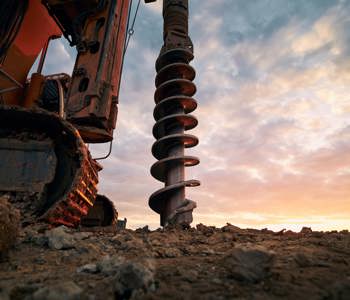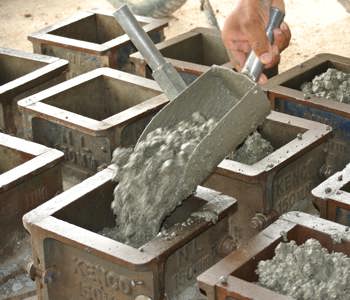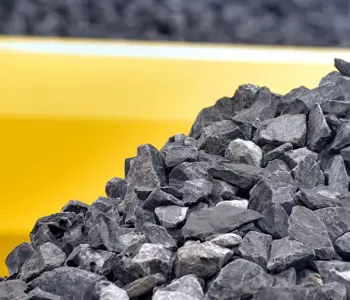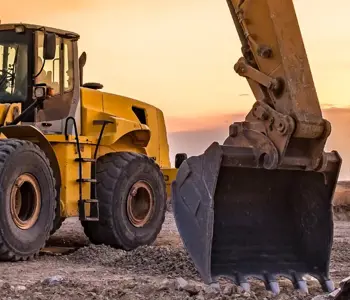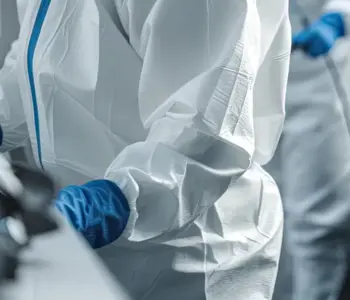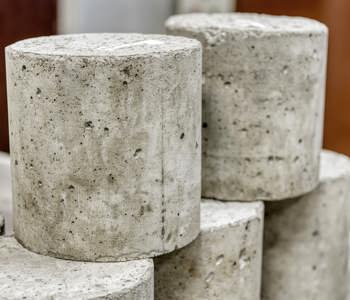What is Soil Stabilisation?
The practice of soil stabilisation has been a construction industry standard for many years.
The effective reuse of site-won materials has widespread mechanical, financial, and environmental benefits; and as such, the accurate testing of materials is essential.
The initial analysis is used to determine the physical, chemical, and organic properties of soils, to establish their suitability for stabilisation or reuse. Sub-samples are prepared and analysed to establish the site-specific mix design required to engineer the desired end product.
Post-stabilisation testing is also an essential part of the process, to ensure the finished product meets client design and compliance specifications.
* For a full list of our UKAS-accredited activities, please visit our Accreditations and Industry Standards

Soil Stabilisation Services
At CTS our experienced accredited engineers undertake the following soil stabilisation services:
Site investigation
Hand and mechanically excavated trial pits with associated sample recovery
Laboratory trials
Scope to assess soil properties by material classification and improvements to host materials following the addition of appropriate binders
Field control testing
On-site control tests include pulverisation, MCV, in-situ CBR tests, plate bearing tests, in-situ density/moisture content, and air void percentage by nuclear, core cutter, and sand replacement methods

Soil Stabilisation Laboratory Testing
At CTS our soil stabilisation testing services include a comprehensive range of evaluations such as:-
- Trial mixes for stabilised materials including Moisture Condition Value (MCV), Remoulded California Bearing Ratio including 28-day swell potential, Hand Shear Vane (HSV) and MCV/MC Relationship
- Compaction characteristics (2.5kg and 4.5kg compaction effort)
- Particle density
- Compressive strength of cubic and cylindrical specimens for both soils and cement-bound granular material (CBGM)
- Initial consumption of lime and chemical testing (TRL447 and EN1744 sulphate suite)

- Frost heave of a stabilised cured specimen
- Quick Undrained Shear Strength (QUSS) and large shear box with the capability for specimen curing periods
Why Choose CTS for Soil Stabilisation Testing?
CTS has been a leading provider of soil stabilisation services for more than a decade. Our experienced team of site and laboratory engineers are on hand to provide advice and support, whatever the final use of the stabilised material.
To find out more about our soil stabilisation testing services, please get in touch with a member of the CTS team today, and we’ll be more than happy to answer any questions you may have regarding our services and how we can help you.
Request a Quote
Frequently Asked Questions
What are the types of soil stabilisation?
The primary type of soil stabilisation is the addition of lime and/or cement powder to a material which is then hydraulically bound.
Why is soil stabilisation important?
Soil stabilisation is important as it allows initially unsuitable construction material, such as wet cohesive clay, to be reused on-site as a compliant material. Adding a powdered binder such as quick lime changes the properties of soil by altering its moisture content, providing significant stiffness gains. Soil stabilisation eliminates the need to remove large quantities of unsuitable material from the site, saving time and money.


